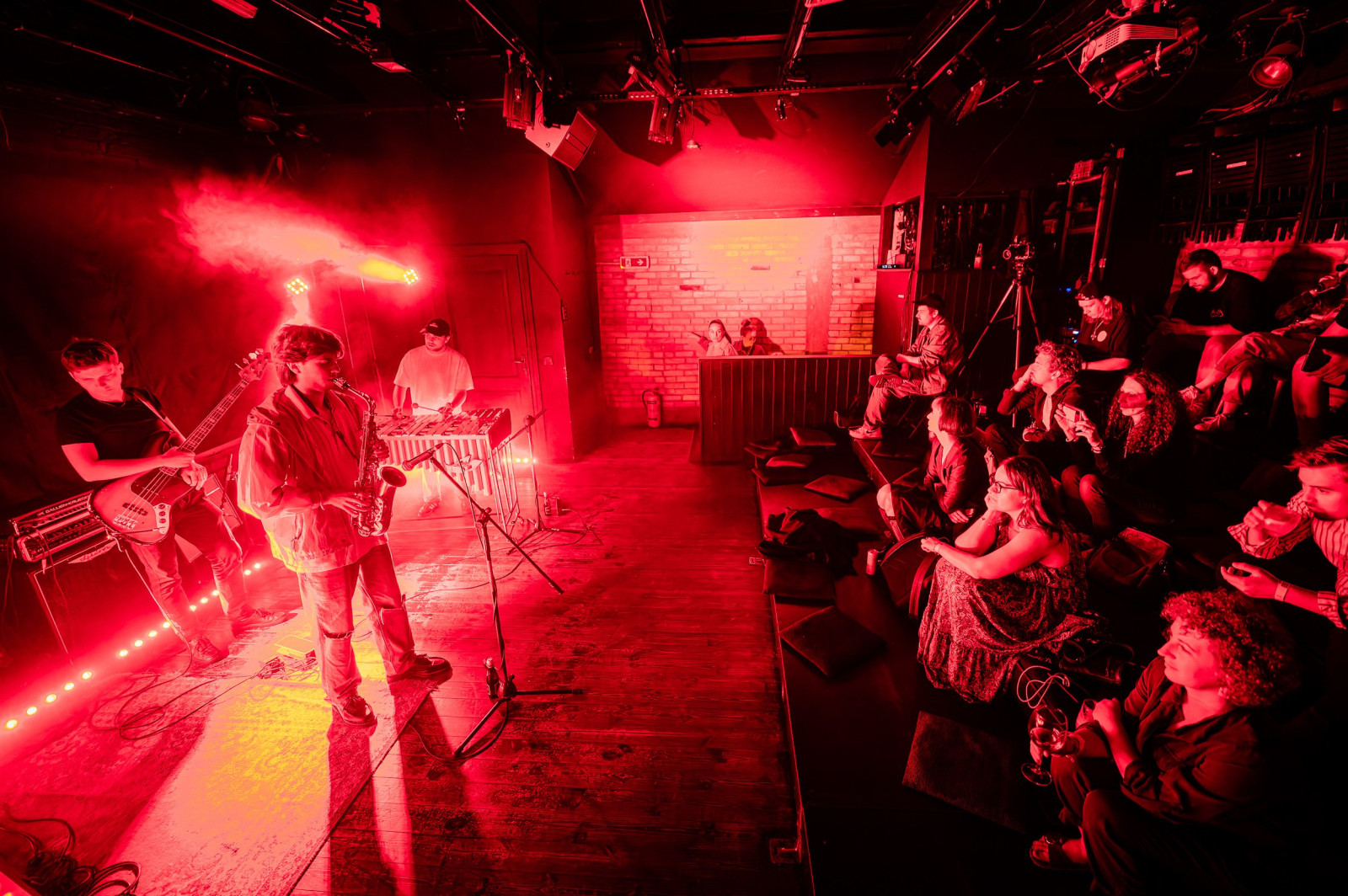The make-or-break of live in 2024

Photo: Radoslaw Kazmierczak

The music industry has a culture problem. An overabundance of data –– from streaming services and social platforms alike –– has fostered a dependence on digital performance that does not reliably translate into fandom and cultural value. The old benchmarks for success are losing relevance, as the ways audiences listen to music have changed dramatically: niches abound, and just because you hit the like button on something does not mean you are a fan of it.
Live performance is often the difference between a one-hit-wonder and an artist who can actually move fans (literally). Live is a crucial ingredient for building fandom, as it helps fans understand who the artist is beyond their music and connect with them on an identity level.
Live events also capture fans who do not engage with other fans online, but will show up to the concert to feel part of something. Live is often the truest measure of fandom, helping the industry distinguish between flash-in-the-pan virality and real connection. And with streaming earning mere pocket change for even big artists like James Blake, many are turning back to live in the hopes that the opportunities to connect face-to-face with their fans can build into something stronger.
In other words, live music can be the difference between music as content and music as culture.
So the fact that it is becoming harder and more expensive than ever to do is a problem. Prices have risen for everything involved in putting on a live show, from festival setups to the rent that venues pay. With average salaries failing to keep pace with inflation, fans have less money to spend supporting their favourite artists. Grassroots venues are dying out, forcing artists to wait until they have a strong digital following before they can fill bigger venues – which is itself a gamble, as followers do not always equate to ticket sales. Community is lost as venues scale, pulling in more tourists and diluting cultural impact. As detailed by Music Business Worldwide, festivals are struggling to finesse their lineups to suit new listening behaviours, alongside battling poor weather due to climate change and their own rising costs. More than 50 festivals have cancelled this summer in the UK alone, and many others are facing losses.
Featured Report
Social 2025 Navigating platforms for fan power
The biggest apps are in the process of disruption. TikTok’s uncertain future and Meta’s apps relaxing content restrictions and fact checking will constitute greater challenges for creators, advertisers, and audiences looking to use and benefit from these platforms.
Find out more…The solutions will be nuanced — and there will need to be many of them. However, these are a few goals to move towards:
Curation: This means curating the supporting acts and vibe of the venue, as well as the audiences themselves — not to the extreme of Berlin nightclubs where only a select few get in, but by targeting scenes, so audiences can also be drawn to the community they might find at an event.
New benchmarks: Promoters and artist teams now understand all too well that social followings do not always translate to ticket sales. So what does? The industry requires new benchmarks. Rather than pointing to an artist’s biggest number — i.e., their follower account across platforms, their monthly listeners — to predict ticket sales, artists should focus on their smallest number. How many people bought the album on Bandcamp, showed up to the live stream, or sent direct messages to the artist (even if they are all left on read)? Those are the fans who can be relied upon to buy tickets and evangelise the artist to their friends.
Support local: Grassroots venues are critical in fostering audience appreciation for live music, and helping artists build a listener base from which to grow into bigger venues. The industry should advocate for and help grassroots venues however it can.
Affordability: Venues equally need to adjust their expectations, both of fans and artists. Those complaining that audiences are “not even willing to pay pocket change” to go to a gig have not been to a gig recently, or have a lot more pocket change than most. £20 entry to an unknown act in a small basement stage is a big ask in a cost-of-living crisis. Asking emerging artists to pay venues hundreds of pounds to perform, when it is their audiences who will fill the venue and buy drinks, is turning them into a consumer class.
The ability to have fun: We love live music for a reason. Overlaying digital metrics and target audiences only gets you so far; at the end of the day, the make or break for events is whether they are fun to be at. In addition to “hard” metrics like affordability, organisers should consider whether the artists feel comfortable onstage, fans feel comfortable in the audience, promoters have the resources to put time into curation, and the event is offering something different from the norm. In a world so dominated by digital, and increasingly beset upon by the same-same sanitisation of AI, audiences crave the unique, authentic, real experience that live has to offer.

There is a comment on this post, add your opinion.